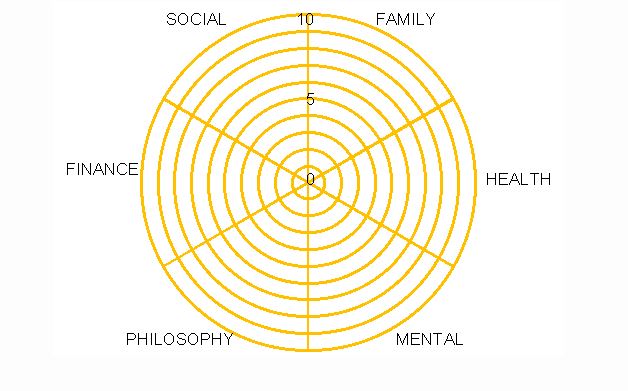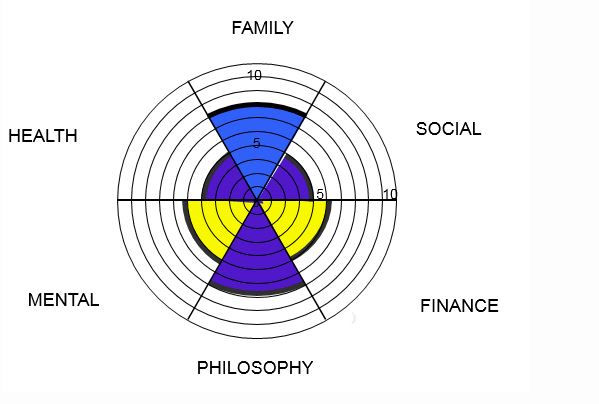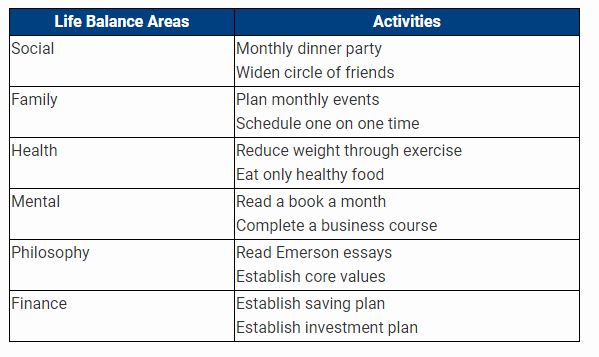Work – life balance – work to live or live to work? It’s an increasingly hot topic of late as working from home, flexible and agile working becomes more the norm. Many would think this would facilitate a balance; however, some people still find that when they are at home they struggle to ‘switch off’ from their work duties, often working late into the evening to compensate for lack of productivity during the day whilst the kids are running around at home, or just simply because its ‘easy’ to keep working to keep on top of it all. This can cause stress in relationships at home and can take its toll on your mental health.
So, whether we are back to the office 9 – 5 or have switched to a more agile routine, how do we truly find successful life balance?
At Robson Laidler we help people improve their lives via our mantra of giving people ‘freedom of time, mind and money’ and we have a clever tool to help you identify areas in your life where you may not be spending enough time and solutions to achieve a better life balance.
About the Tool
Some people may lose sight of the important areas in their lives. They often put too much effort into one or two aspects to the detriment of others. Our Life Balance Tool, powered by Mindshop, demonstrates the need to achieve balance in your life. We find that this tool can have a big impact on a lot of people, particularly middle-aged business executives.
What is life balance?
Many people regard financial success as the ultimate personal measure. The Life Balance tool holds the six areas of life shown below as each equally important. There is no point in having financial success without having success in the other areas such as your health or family life.
Often clients come to us and say they find they have less time for what’s really important to them. They have several responsibilities such as family, work, community, school, sport or catching up with friends and they all compete for attention. Many people focus on only one or two areas to the detriment of the others. Someone might make a lot of money, but have no family life. Another person might have great health, but have no money and so on. Life balance is essential
The key is to invest the same amount of time and energy into all six areas. A common question asked when looking at the Life Balance wheel below is “Where is work?” In this case work is part of the vehicle that we are using to generate the resources for the six areas.
Step by Step guide:
Step 1. Draw a circle and using three lines, dissect the circle into six segments as shown above.
Step 2. Label each segment with the important areas in life as shown above. You may wish to change these, but this is a good holistic example of most areas in people’s lives. The six areas we use are Social, Family, Health, Finance, Mental and Philosophy / core values. But you may wish to add Work / Career to highlight how this is affecting the rest of your wheel.
Step 4. Once the segments are confirmed, go through each and ask “how well are you performing” in that area. For example if you’re looking at ‘Health’, ask the question, “How satisfied are you with your health?” What score would you give it out of 10, where 0 is poor and ten is good? Remember we are aiming for balance, not a perfect 10.
Step 5. Once the scores are determined draw an arc on the segment where 0 is the centre of the circle and 10 is the outer rim and shade in the scored areas as shown below. The resulting shape is your wheel of life. What does your wheel look like? Is it balanced? Is it a complete circle? If so, your wheel will turn. Is it a semicircle? Your problem will be that it will complete half a turn and then stop. The wheel identified ‘bumps in the road’ and identified what areas of your life you need to work on.
What activities do you need to undertake to improve your score? For example:
Family: Do you provide high value to all family members?
Social: How much time do you have for relaxation?
Finance: Do you pay your bills on time? Are you financially secure?
Mental: What personal development activities are you undertaking?
Philosophy: Have you got a set of core values?
Health: How much exercise are you doing? Do you need to lose weight?
Work / Career: Do you need to slow down / delegate more or gain extra training or enhance skills.
Step 7. Draw your ideal score on each wheel segment and ask what you need to do to get your life into balance.
Step 8. Finally, develop action plans to improve the score in the key segments as shown below. This is a great tool that you can use to audit any part of your life more specifically.
At Robson Laidler we are passionate about helping people and businesses to reach their goals – personally as well as within business. Our business accelerator coaches are trained Mindshop facilitators who can guide you through the life balance tool.
If you would like to learn more about the tools or would like more regular support please get in touch.




